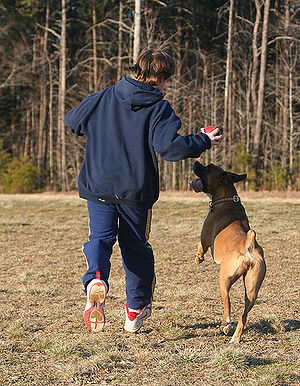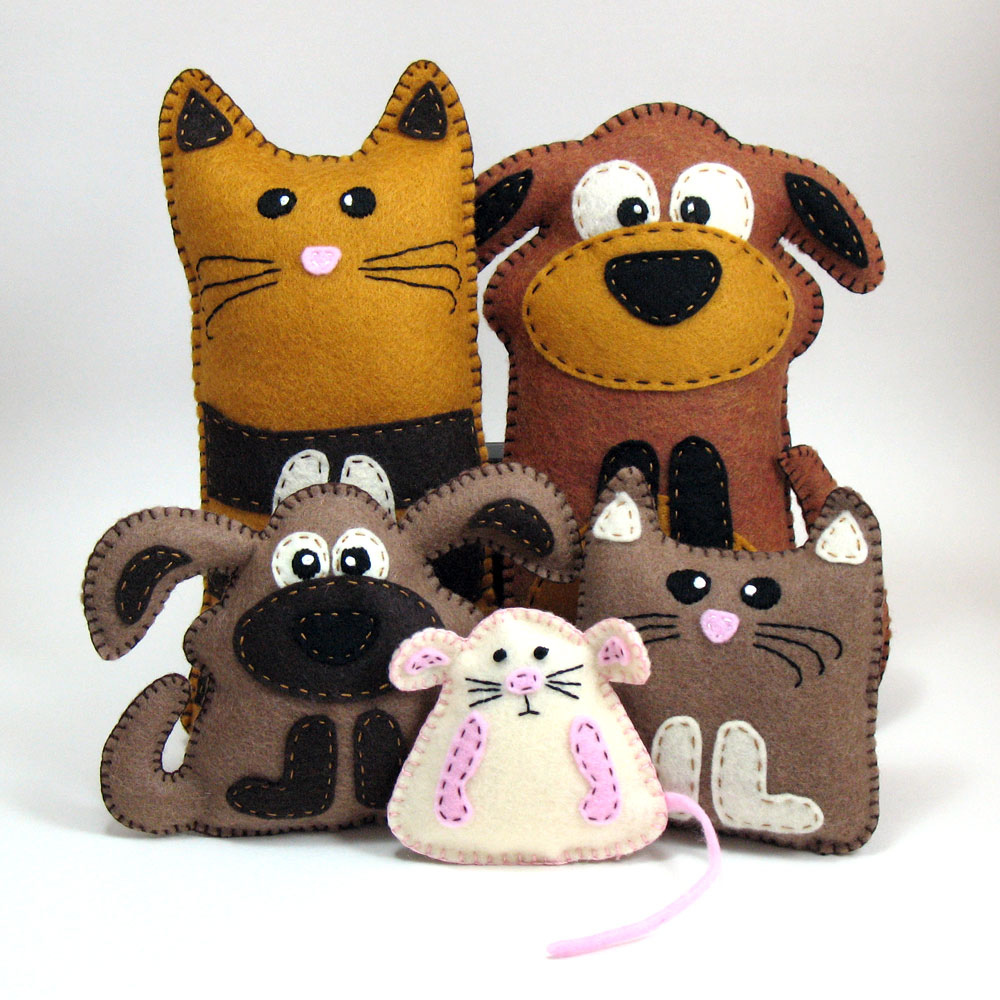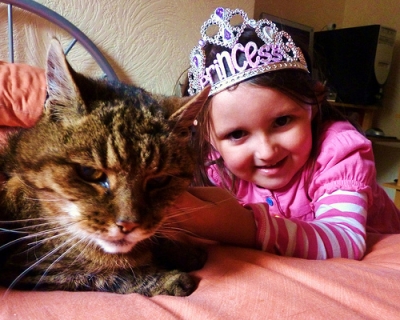
Education is crucial for teaching children respect for pets, wildlife and the environment.
Teachers can teach lessons about subjects such as animal welfare, conservation and responsible pet ownership. Interactive activities, videos and stories can be powerful tools to get the message across. Teachers can also teach respect for animals indirectly, by including images and facts about animals in lessons on other subjects. For instance, young children can learn simple math by adding together ducks and cats.
The HSUS publishes a newsletter called KIND News (Kids In Nature’s Defense), which includes articles, stories, puzzles, celebrity interviews, and project ideas. The suggested projects are things like collecting supplies for a local animal shelter and collecting bottle caps from the beach so they don’t harm seagulls.
Another way to make students aware of the importance of respect for animals is by bringing representatives of an organization to make a presentation. Mercy for Animals sends speakers to high school and college classrooms, conferences, community organizations etc. to talk about the problems of factory farms and slaughterhouses.
A field trip to a local nature reserve is a great opportunity to get the message of respect for nature across. Children can experience the wonder of animal and plant life in its natural habitat. They can be taught that wildlife fare best when allowed to remain in their natural environment. The guides at the reserve can discuss the problem of diminishing habitats and explain what types of conservation efforts are underway in the reserve.
Some teachers find that bringing a pet into the classroom is an effective teaching tool. However, care must be taken that the pet is well-treated.
Video



